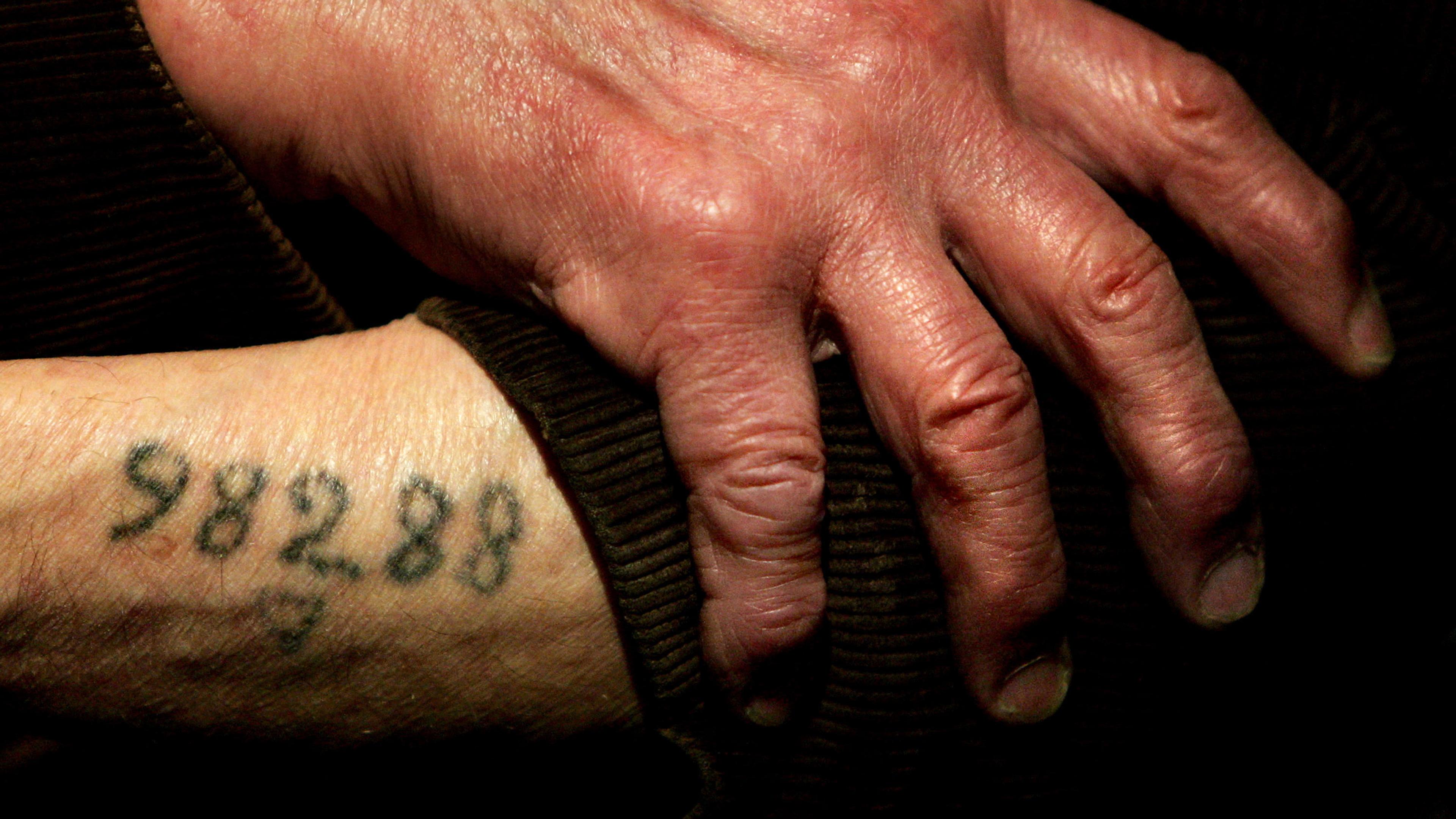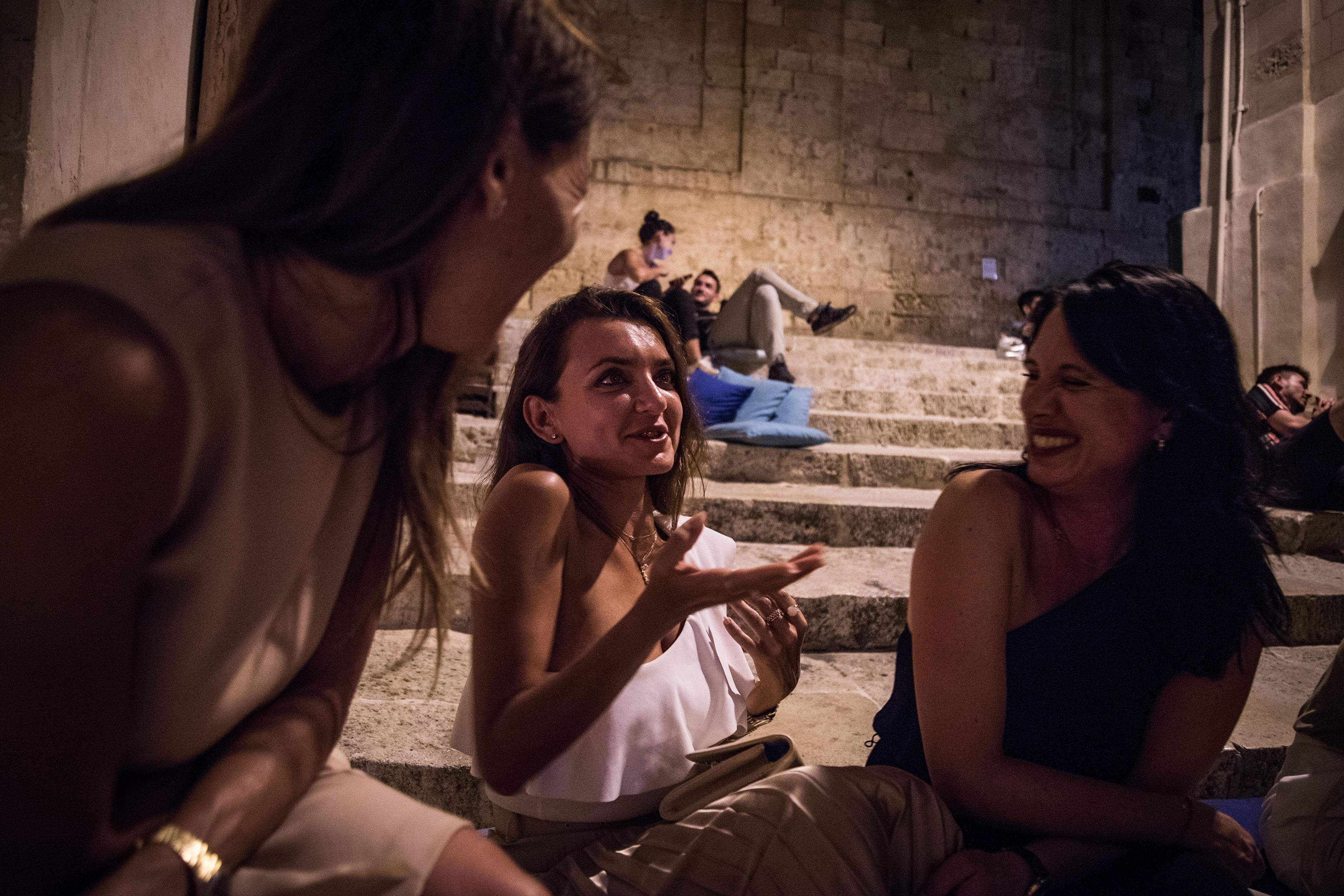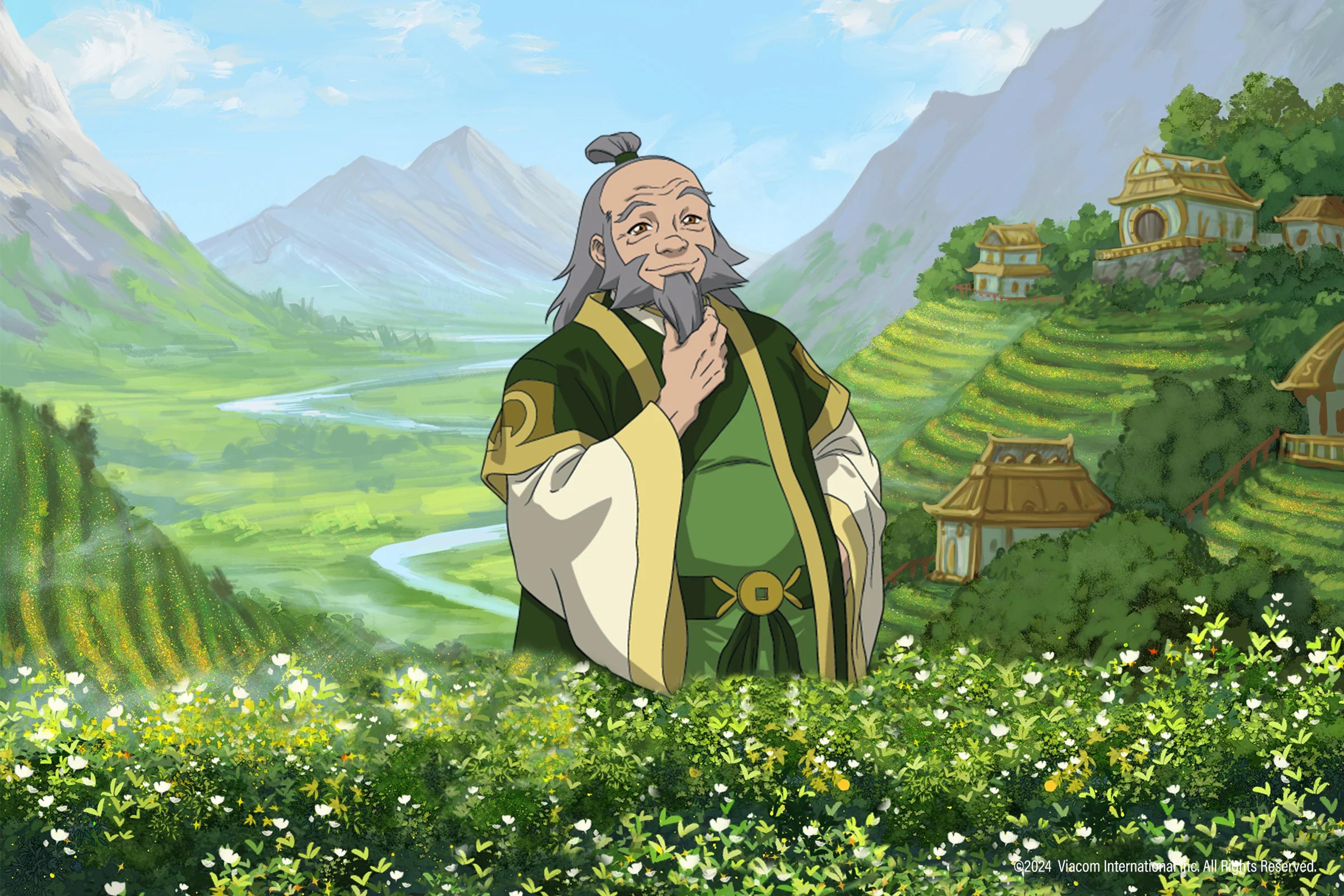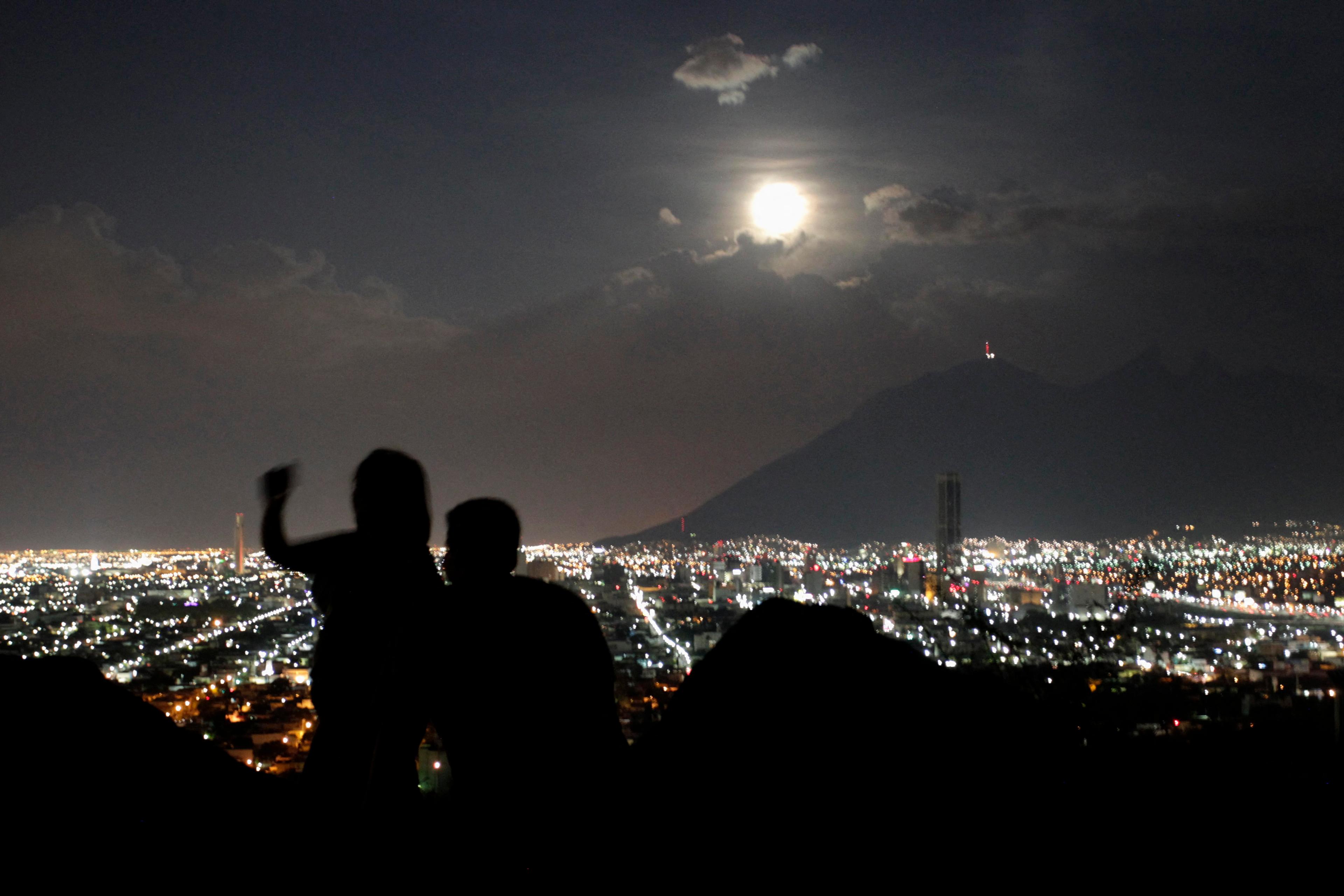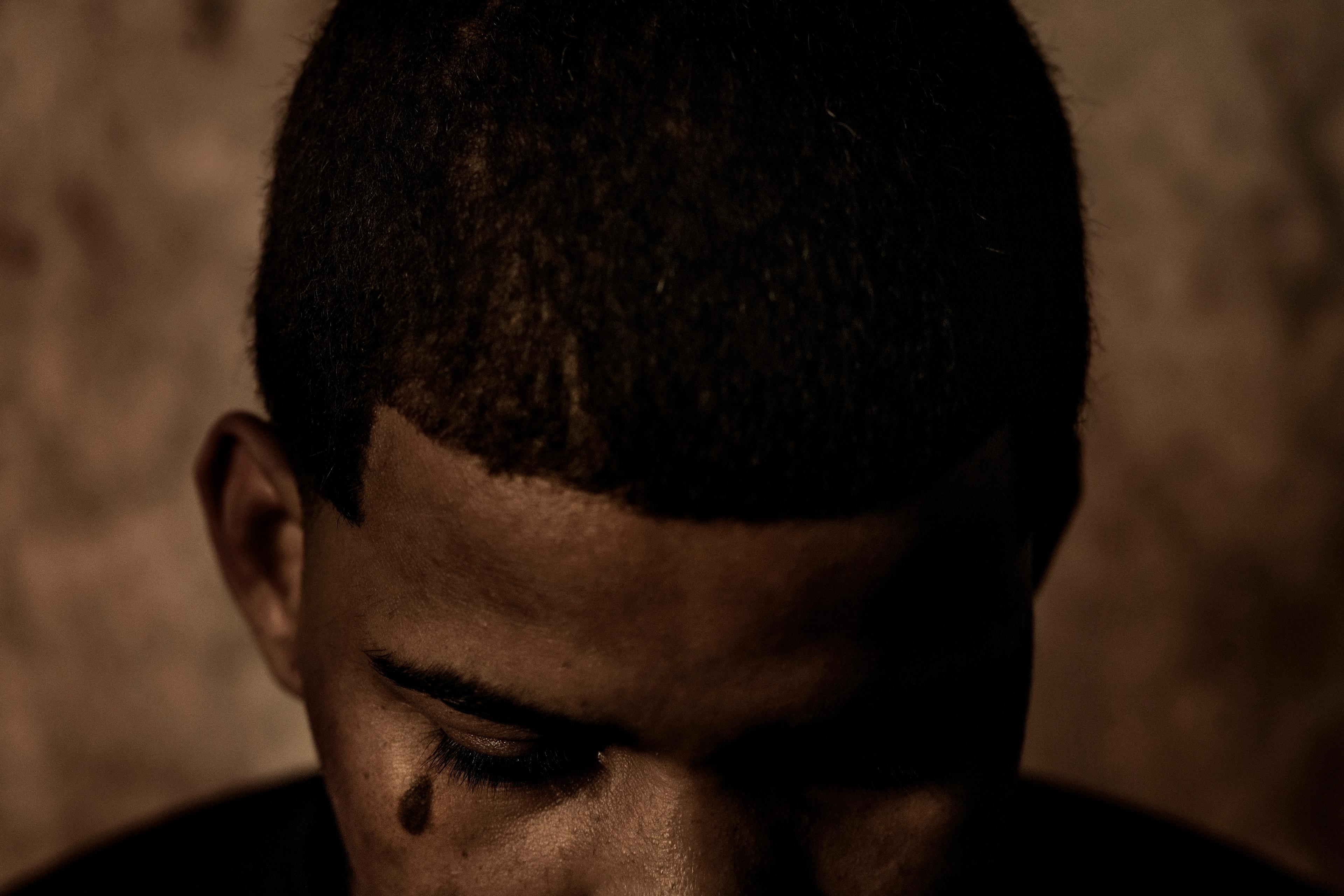Human beings are storytelling creatures: we spin narratives in order to construct our world. Whether on the cave walls of Lascaux or the golden record stored on the Voyager spacecraft, we want to share our selves and what matters to us through words, actions, even silence. Self-making narratives create the maps of the totality of our physical reality and experiences – or, as philosophers sometimes say, of the lifeworlds that we inhabit. And just as narratives can create worlds, they can also destroy them.
Trauma, in its many guises, has been part of these narratives since time immemorial, often by shattering the topographies of our lifeworlds. Breaking our most fundamental, most taken-for-granted means of self-understanding, it replaces our familiar narratives with something dreadful, something uncanny, sometimes something unspeakable.
What is trauma? Rather than just fear or guilt or unwanted memories, trauma is a totalising force that unmakes our worlds, leading to a kind of world-loss. It draws sharp lines marked ‘before’ and ‘after’: the ‘before’ demarcates the prelapsarian world, the self that we knew; the ‘after’ is the devastation of a broken lifeworld that remains.
Because we are natural storytellers, we turn to narratives in order to try to make sense of trauma. Our stories can vary as widely as human experience itself. Sometimes, while trauma breaks down our sense of who we are, it also shocks us into greater clarity about alternative, perhaps better, versions of ourselves. And so, while the Epic of Gilgamesh (c1800 BCE) offers a glimpse of the pain of trauma, it also explores its transformative effects. Through his grief over losing his beloved friend Enkidu, the arrogant Gilgamesh, touched by personal tragedy, becomes more connected to the mortal and the temporary – indeed, he becomes more human.
Alternatively, in the ‘after’, we might find ourselves in the difficult liminal spaces that trauma makes for us. Sigmund Freud argued that we can be traumatised by a contradictory sense of what he called the ‘uncanny’: the almost-recognisable, forgotten or repressed thing that frightens us. We can remember the horror in pieces and parts, in vivid flashes and in opaque memorylessness. For this, too, we need narratives by which to navigate these borderlands of memory. And so Toni Morrison, in her novel Beloved (1987), writes narratives born of what she calls the ‘rememory’ of the survivors of slavery who confront the uncanny by recollecting and reassembling their histories, their families, their communities, their very selves. Trauma fuels the narratives, and the narratives themselves become the loci of trauma, the battlegrounds where suffering and memory meet.
Fictionalised narratives offer a kind of reckoning with our collective traumas. But understanding and responding to trauma also calls for personal stories that take us into singular experiences of lifeworld loss. What we need, then, is a more direct way to glimpse what trauma is like, and how we might go on in its wake.
These personal narratives can emerge against the background of world-historical tragedies. For instance, the Italian writer and Holocaust survivor Primo Levi describes his arrival at Auschwitz:
Driven by thirst, I eyed a fine icicle outside the window, within hand’s reach. I opened the window and broke off the icicle, but at once a large, heavy guard prowling outside brutally snatched it away from me. ‘Warum?’ [Why?] I asked him in my poor German. ‘Hier ist kein warum,’ (there is no why here) he replied, pushing me inside with a shove.
Levi’s words transport us into his world, into his trauma – what it looks like, feels like, sounds like. We see a man dehumanised not only by the brutality of the camp itself, but by the attitudes of his tormentors that make such traumatisation possible. What Levi’s narrative makes clear is that how (or whether) we traumatise each other depends on what Ludwig Wittgenstein calls our ‘attitude towards a soul’: the role that our actions and words play in recognising another as human. Levi’s Nazi captors saw no such humanity in him. It is this dehumanisation that reveals to us how trauma can be something that we choose to do to each other. But it also suggests how it might be resisted: in the harshest of circumstances, such as a war, our attitudes toward another soul matter.
Does trauma have to be understood, expressed, and confronted narratively? For many, not at all. Instead, it might be viewed as an illness, reified by the psychiatric handbook the DSM‐III (1980), leading directly to the psychiatrist’s office for medication, to the psychologist for therapy, or else to the local bookstore for self-help literature. This medicalisation of trauma positions it as a disease, as an alien within that must be treated as one would treat a virus: identify the culprit, find the appropriate tool for combat, and destroy the enemy.
Yet because trauma’s complexities so often elude purely medicalised solutions, this is at best incomplete. Let’s then return to trauma as a felt, existentially threatening experience. A brush with serious illness in the intensive care unit leaves one with paralysing fear at the possibility of returning there during the pandemic. A victim of violence suffers from post-traumatic stress disorder, her world forevermore unsafe. In the traumatic ‘after’, we’re not simply facing negative emotions that can be medicated away. We lack the means of more permanent repair – the kind that doesn’t merely blunt the pain, but re-establishes meaningful lifeworlds. We are emotionally, narratively and psychologically adrift, having ‘outlived’ ourselves, as the philosopher and trauma survivor Susan Brison notes in Aftermath: Violence and the Remaking of a Self (2001), without a way back. What, then, is left to remake?
When all else fails, we might remake the story itself. Because most of us can’t do much about the conditions in which we find ourselves, we can begin by repairing the stories about who we are.
How we proceed partly depends on what we want these narratives to do for us – after all, not all stories are reliable, or good, or restorative. Some narratives might insist on impenetrable hopelessness in the wake of suffering. Others might counsel forgetting of the trauma in favour of epistemic lacunas. But as the former lovers in the film Eternal Sunshine of the Spotless Mind (2004) discover, no amount of wilful forgetting fully erases our deepest, most unwanted recollections.
What also fails is a kind of magical thinking. Those who embrace the largely American tendencies toward triumphant, happiness-centred narratives offer stories of what the political activist Barbara Ehrenreich calls ‘reckless optimism’ in her book Bright-sided (2009), or Smile or Die as it’s titled in Britain. As Ehrenreich notes:
[W]e cannot levitate ourselves into that blessed condition by wishing it. We need to brace ourselves for a struggle against terrifying obstacles, both of our own making and imposed by the natural world.
None of these options, it seems to me, get us any closer to world-repair.
So what does? Surprisingly, a kind of optimism – but not the reckless variety. Viktor Frankl, the Austrian neurologist, psychiatrist and Holocaust survivor, argued in a postscript to his memoir Man’s Search for Meaning (1946) that in the midst of despair, tragedy and suffering we can still find – indeed, create – meaning by embracing what he called ‘tragic optimism’. This odd kind of optimism allows us to remake ourselves and our worlds, despite what Frankl calls the ‘tragic triad’ of pain, guilt and death.
It is to Frankl’s ‘tragic optimism’ that we might turn in the midst of trauma. Tragic optimism is found in the story of the Brooklyn ICU nurse who chooses to stay by the bedside of a dying COVID-19 patient, bearing witness to his suffering. Fully cognizant of the trauma of death in isolation, she offers a counternarrative by taking an attitude towards his soul that restores his lifeworld, and her own, even if a little. She bears witness in silence and in spoken narratives – ‘You are not alone.’ Her actions remake the trauma into something more meaningful: the isolation of human suffering and death is no longer unintelligible, but shared through a profound experience of compassion. And while her actions might not be life-saving in that most basic sense, they are world-saving for the patient, for whatever time remains.
So tragic optimism calls for letting go of our happiness-seeking tendencies. We face the difficult process of world-repair through the restoration of meaning – through our work, our relationships, and through engaging with suffering itself. And what this requires is not a denial of trauma’s existence, of its destructive powers, but the deliberate decision to act in ways that affirm our shared humanity by sustaining each other’s lifeworlds.
Trauma is not a virus to be medicated away, nor a tale to be forgotten, nor a deep sadness to be replaced with reckless optimism. What it can be is a catalyst for different stories – better stories – about who we are, what we value, and how we might live in the ‘after’. And these stories are not happiness-seeking – they are meaning-making, meaning-remaking. They are the narratives of tragic optimism that don’t fall prey to comfortable amnesias or myths of human invulnerability. They harbour no illusions about the indestructibility of our worlds. Perhaps if we engage with our traumas less reluctantly and open up to the possibilities of narrative world-remaking, we might integrate some of our worst experiences into the ever-evolving stories about who we are. However uneasily, we just might coexist with, and even flourish in, their glare. Because trauma can, and will, unmake our worlds again.
